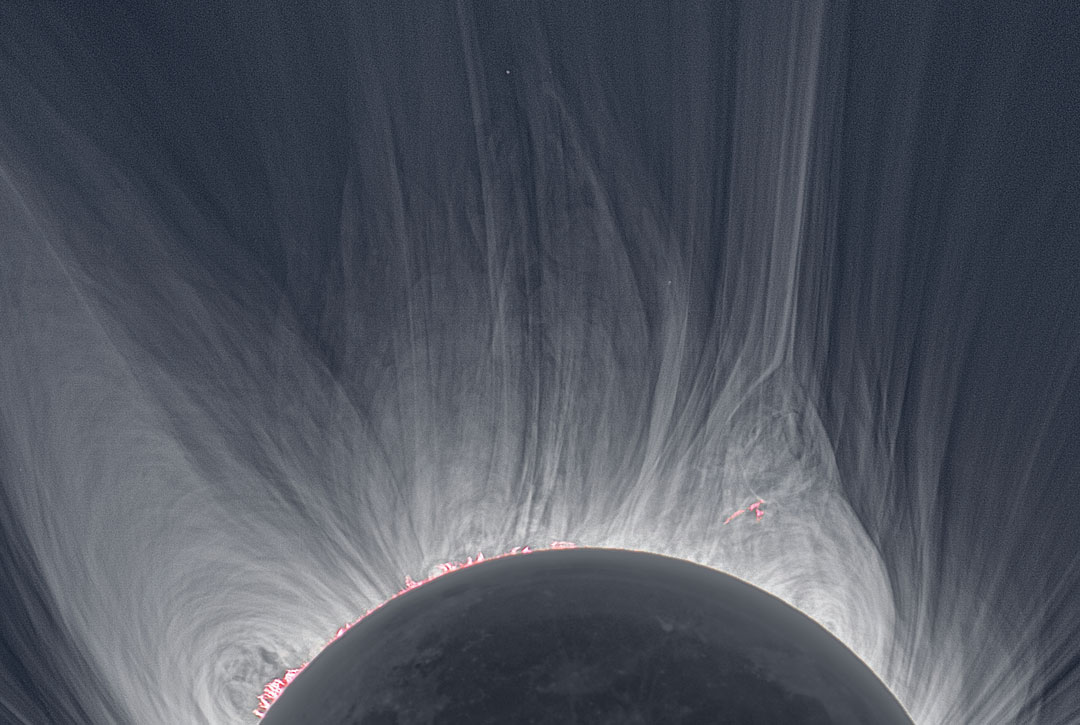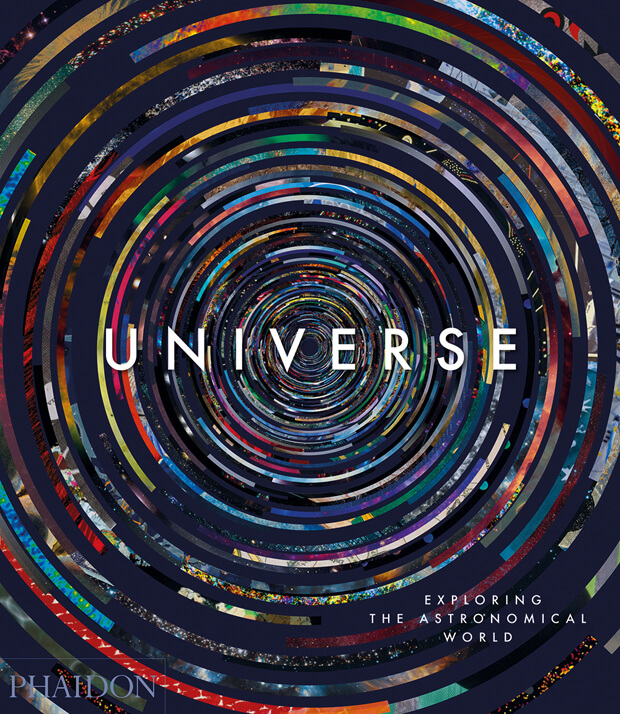
We're looking forward to the eclipse!
In the US on Monday there will be a total solar eclipse. This is how one photographer captured the 2008 one
This Monday (21 August), an all-enveloping shadow will be cast across the United States of America. We’ll stumble out of our homes and workplaces in the dark and - weather permitting - stare up at what we can see of the the sun - basically a wispy ring of plasma and arcing magnetic fields known as the corona.
For many of us it will remain as a life long memory. Indeed, it's an incredibly difficult thing to photograph. But in 2008, the Czech academic and astrophotographer Miloslav Druckmüller travelled to Bor-Udzuur in Mongolia to do just that. Druckmüller combined twenty-five separate images taken with his digital camera, using exposure times ranging from 1/4,000 to 8 seconds.
Each image was treated using Druckmüller’s maths-based processes to reveal detail, even the red fringe of solar prominences appearing above the grey disk of the Moon. What seem almost like grey veils hanging in space are rare evidence of the corona formed by the violent solar wind that streams endlessly into space from the Sun, sweeping invisibly through the Solar System.

As our forthcoming book our new book Universe: Exploring the Astronomical World explains, the phenomenon becomes visible only during the brief minutes of a solar eclipse, when the Moon’s disk blocks the Sun’s light and the faint corona appears – although the rapid change from bright sunlight to near-darkness leaves the human eye little time to adjust in order to grasp the full extent of the solar corona.
His image above, is one of 300 astronomical images featured in Universe: Exploring the Astronomical World, each of which reveals the extraordinary beauty of the cosmos. You can find it in the store here. If you liked our books Map and Plant you'll love Universe. Meanwhile, let's all wish for good weather on Monday.